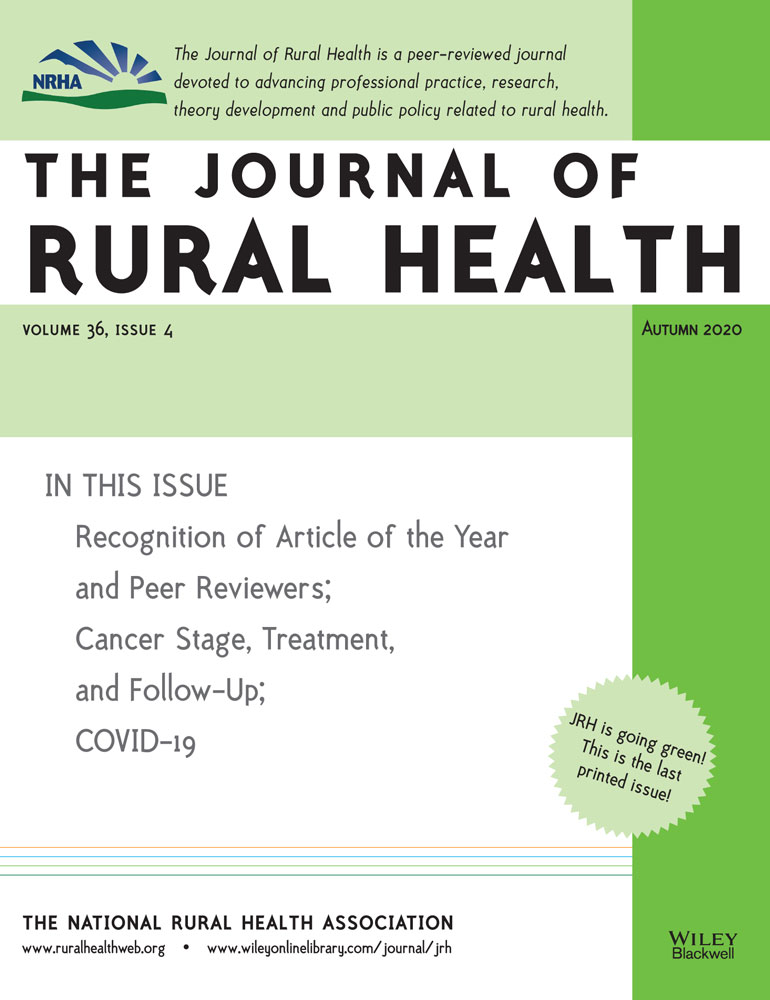Progression of COVID-19 From Urban to Rural Areas in the United States: A Spatiotemporal Analysis of Prevalence Rates
Funding: Rajib Paul's work was partially supported by the National Foundation, Division of Civil, Mechanical and Manufacturing Innovation (CMMI) award # 1537379. Dan Han's work was supported by the University of Louisville EVPRI Internal Research Grant “Spatial Population Dynamics with Disease” and AMS Mathematics Research Communities (MRC) “Survival Dynamics for Contact Process with Quarantine.”
Abstract
Purpose
There are growing signs that the COVID-19 virus has started to spread to rural areas and can impact the rural health care system that is already stretched and lacks resources. To aid in the legislative decision process and proper channelizing of resources, we estimated and compared the county-level change in prevalence rates of COVID-19 by rural-urban status over 3 weeks. Additionally, we identified hotspots based on estimated prevalence rates.
Methods
We used crowdsourced data on COVID-19 and linked them to county-level demographics, smoking rates, and chronic diseases. We fitted a Bayesian hierarchical spatiotemporal model using the Markov Chain Monte Carlo algorithm in R-studio. We mapped the estimated prevalence rates using ArcGIS 10.8, and identified hotspots using Gettis-Ord local statistics.
Findings
In the rural counties, the mean prevalence of COVID-19 increased from 3.6 per 100,000 population to 43.6 per 100,000 within 3 weeks from April 3 to April 22, 2020. In the urban counties, the median prevalence of COVID-19 increased from 10.1 per 100,000 population to 107.6 per 100,000 within the same period. The COVID-19 adjusted prevalence rates in rural counties were substantially elevated in counties with higher black populations, smoking rates, and obesity rates. Counties with high rates of people aged 25-49 years had increased COVID-19 prevalence rates.
Conclusions
Our findings show a rapid spread of COVID-19 across urban and rural areas in 21 days. Studies based on quality data are needed to explain further the role of social determinants of health on COVID-19 prevalence.




